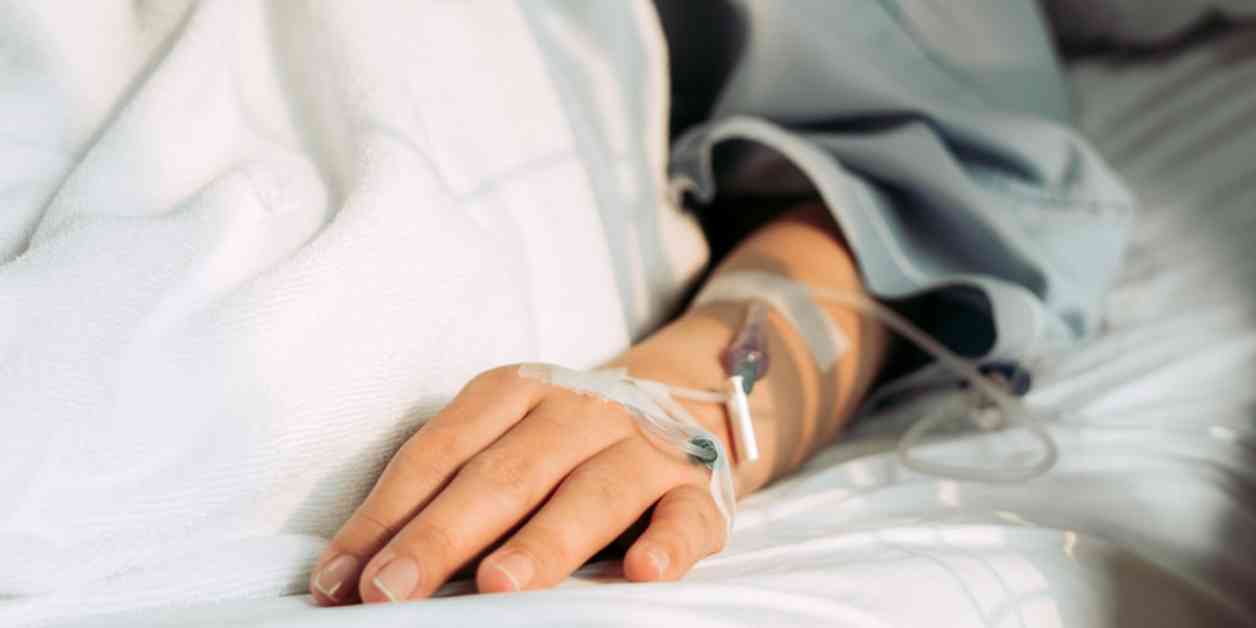Identifying Brain Activity in Unresponsive Hospital Patients: A Neuroimaging Study
When a patient with a brain injury is unresponsive, doctors often rely on basic tests to determine if there is any remaining awareness. These tests typically involve calling the patient’s name, clapping near their ear, or using a cotton swab to stimulate their senses. If the patient does not physically respond to these stimuli, they are often presumed to have lost consciousness. However, a recent study published in the New England Journal of Medicine has revealed that a significant portion of unresponsive patients may still possess cognitive awareness despite their lack of physical responsiveness.
The study, conducted by researchers who examined 353 brain-injured patients, found that approximately a quarter of those who did not exhibit physical responses to commands were able to perform mental tasks when instructed to do so. This phenomenon, known as “cognitive motor dissociation” or “covert awareness,” challenges the traditional belief that unresponsive patients are devoid of consciousness. Dr. Nicholas Schiff, a neurologist at Weill Cornell Medicine and one of the study’s authors, emphasized the importance of recognizing this potential for hidden awareness in brain-injured patients.
The patients in the study had suffered a range of injuries, including those resulting from accidents, heart attacks, and strokes. Despite the diversity of their conditions, the researchers were able to identify signs of covert awareness through verbal commands that required the patients to imagine performing specific tasks, such as swimming or opening and closing their hands. While some patients were able to carry out these tasks mentally, even those who had physically recovered enough to respond to verbal cues were unable to do so. This discovery suggests that covert awareness may be more prevalent than previously thought, with estimates now indicating that up to 25% of unresponsive patients could possess this hidden cognitive function.
Dr. Caroline Schnakers, assistant director of the Casa Colina Research Institute, expressed both astonishment and concern regarding the study’s findings. She noted that the implications of so many patients potentially possessing covert awareness are significant, as it raises questions about the methods currently used to assess consciousness in unresponsive individuals. The study’s results underscore the need for more advanced diagnostic tools to accurately identify cognitive function in brain-injured patients.
The researchers utilized brain wave tests and functional MRI scans to measure the patients’ mental activity. Unlike traditional MRI scans that produce static images of the brain, functional MRIs assess brain activity by measuring changes in blood flow to different regions of the brain. When conscious individuals are instructed to perform specific tasks, such as following commands, certain areas of their brain become more active, leading to increased blood flow in those regions. This method allowed the researchers to detect signs of covert awareness in patients who appeared unresponsive based on standard diagnostic tests.
Despite the promising implications of the study’s findings, not all hospitals have access to the advanced imaging technology required to detect covert awareness in unresponsive patients. Many medical facilities rely on CAT scans or standard MRIs, combined with physical examinations, to assess consciousness in brain-injured individuals. However, these conventional tests may not always capture the full extent of cognitive function in unresponsive patients, potentially leading to misdiagnoses and missed opportunities for treatment.
Dr. David Greer, chair of the neurology department at Boston University School of Medicine, highlighted the study’s limitations, noting that the patients included in the research had varying degrees of brain dysfunction and different types of injuries. While acknowledging the heterogeneous nature of the patient population, Dr. Schiff emphasized that brain dysfunction tends to exhibit similar patterns across different types of brain injuries, suggesting that covert awareness may be a common phenomenon among unresponsive patients.
Younger individuals and those with traumatic brain injuries, particularly those resulting from external events like falls or car accidents, were more likely to exhibit signs of covert awareness in the study. Traumatic brain injury patients are known for experiencing fluctuating levels of consciousness, with some showing significant improvements in cognitive function over time. Dr. Greer cautioned against making premature judgments about the long-term outcomes of brain-injured patients, emphasizing the need for cautious optimism in assessing their potential for recovery.
While the discovery of covert awareness in unresponsive patients offers hope for improved diagnostic and treatment strategies in the future, it also raises ethical considerations surrounding the care of individuals with severe brain injuries. Dr. Schnakers emphasized the importance of providing families with accurate information and viable treatment options for their loved ones. As advances in neuroimaging technology continue to expand our understanding of cognitive function in brain-injured patients, the medical community must strive to deliver comprehensive and compassionate care to those who may harbor hidden awareness.
In conclusion, the identification of covert awareness in unresponsive hospital patients represents a significant breakthrough in the field of neurology. By utilizing advanced neuroimaging techniques, researchers have uncovered a previously unrecognized capacity for cognitive function in individuals who may appear unresponsive on the surface. This discovery not only challenges conventional notions of consciousness in brain-injured patients but also underscores the need for more sophisticated diagnostic tools and treatment options in clinical practice. As the medical community continues to explore the implications of covert awareness in unresponsive patients, it is essential to prioritize ethical considerations and patient-centered care to ensure that all individuals receive the support and treatment they need to maximize their potential for recovery.

















